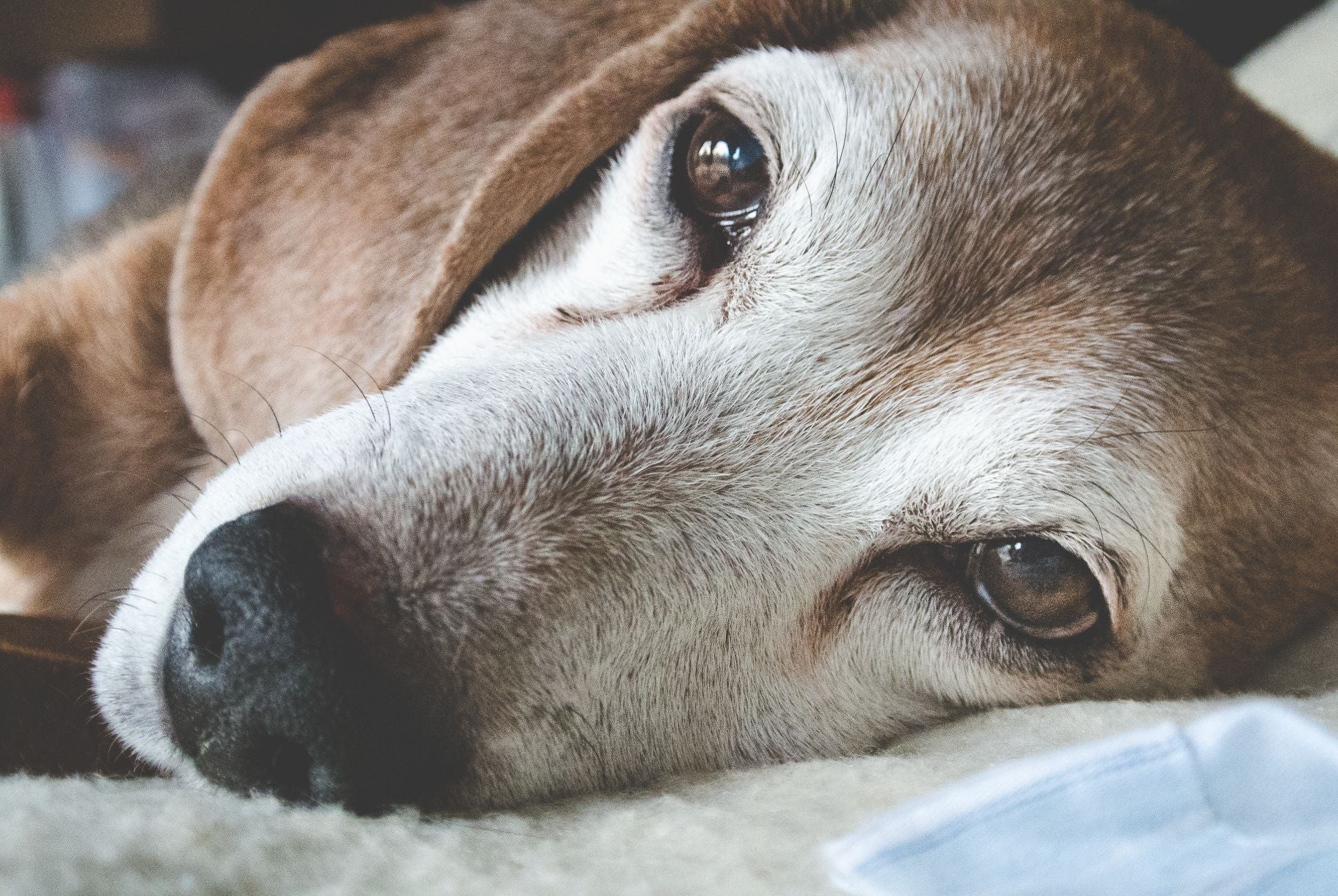
- by Dr.Thilo Senst
Caring for Senior Dogs: Health and Wellness Tips
- by Dr.Thilo Senst
Ah, senior dogs—where greying fur meets unshakable loyalty. Caring for an older dog is like looking after your retired parent: they’ve earned their rest but still insist on barking at the postman.
Aging may slow them down, but it doesn’t mean your senior dog can’t enjoy a high-quality life. So, let’s dive into the hilarity and heartwarming task of keeping your senior pooch happy, healthy, and as dignified as a dog in socks.
Think of dog years like dog years on a gym membership. Smaller breeds are marathon runners; bigger breeds are more like sprinters—they give their all early on.
Arthritis is a common culprit, making activities like jumping for a ball or chasing squirrels feel like an Olympic sport.
Bad breath isn’t just a “feature” of old age—it could be gum disease or tooth decay.
Slower metabolisms and reduced activity levels often lead to weight gain. An overweight senior dog is as happy as a jogger in wet socks—not very.
Your senior dog may start ignoring your calls—not out of rebellion, but because their hearing’s gone a bit “selective.”
Senior dogs can suffer from canine cognitive dysfunction (CCD), the dog equivalent of dementia. You’ll find them standing in corners, wondering why they walked in there—sound familiar?
Prevention is better than cure, especially when your dog’s only symptom is looking at you with those “I’m fine” eyes.
Senior dogs need fewer calories but more nutrients to support their aging bodies.
Your dog isn’t training for the Olympics anymore. Keep it low-impact:
They’re slower, require more maintenance, but they’re still your pride and joy. And like a vintage car, they come with quirks, from selective hearing to an impressive ability to nap anywhere.
Support those aging joints with a bed that feels like sleeping on clouds, not cobblestones.
Help your dog avoid unnecessary strain during mealtime—it’s the canine version of getting ergonomic furniture.
Prevent your dog from doing an unintentional ice-skating routine every time they turn a corner.
Perfect for helping them onto the sofa where they’re not technically allowed but rule anyway.
Brushing stimulates blood flow and distributes natural oils, keeping their coat healthy and free of mats.
Senior dogs are less active, meaning their nails don’t wear down as naturally. Unless you want your floors looking like they’ve hosted a tap-dancing contest, keep those nails trimmed.
Keep their brain sharp with interactive games.
Old dogs can learn new tricks—start with simple ones to keep them engaged.
Q: How do I know if my senior dog is in pain?
A: Look for signs like limping, excessive licking of joints, or reluctance to move.
Q: How often should I exercise my senior dog?
A: Short, frequent walks are better than long hikes. Monitor their energy levels to find the right balance.
Q: What’s the best diet for a senior dog?
A: Low-calorie, high-nutrient diets with added supplements like omega-3s and glucosamine.
Q: Can senior dogs still play?
A: Absolutely! Just adapt the activity to suit their mobility and energy levels.
Caring for senior dogs requires a bit more effort, but the rewards are endless. From tailored diets to gentle exercise routines, there’s plenty you can do to ensure your furry friend enjoys their golden years.
![]()
Enter your details & download our comprehensive 50+ page printable Dr. Senst Pet Care Planner completley FREE! - keep track of all your pet’s needs, from medical history and training to vet visits, grooming, diet, and more!










Share:
How to Treat Dog Flea Bites That Won’t Heal
Best Herbal Calming Remedies for Cats: What Works